In South America, there is a country that is rich in natural resources and has the globally renowned “four treasures”, namely coffee, flowers, gold, and emeralds. This country is known as the “country of gold” and the third-largest coffee-producing country in the world, the Republic of Colombia.
Colombia is located in the north of South America. It is a country with both land and sea, connected to Venezuela, Brazil, Ecuador, Peru, and Panama. It is bordered by the Pacific Ocean to the west and the Caribbean Sea to the north. The country’s land area is 114,000 square kilometers, making it the third-largest country in Latin America. The country is rich in natural resources, with forest areas accounting for 51.9% of the country’s area. The main mineral deposits include emeralds, oil, natural gas, coal, gold, etc., among which the emerald reserves are the highest in the world.
The flag of Colombia is connected from top to bottom by three parallel horizontal rectangle shapes of yellow, blue, and red. The yellow portion accounts for half of the flag surface, while blue and red each account for 1/4 of the flag surface. The yellow represents the rich soil and wealth, as well as sovereignty, harmony, and justice. Blue represents the ocean, and red represents blood, meaning love, power, and progress.
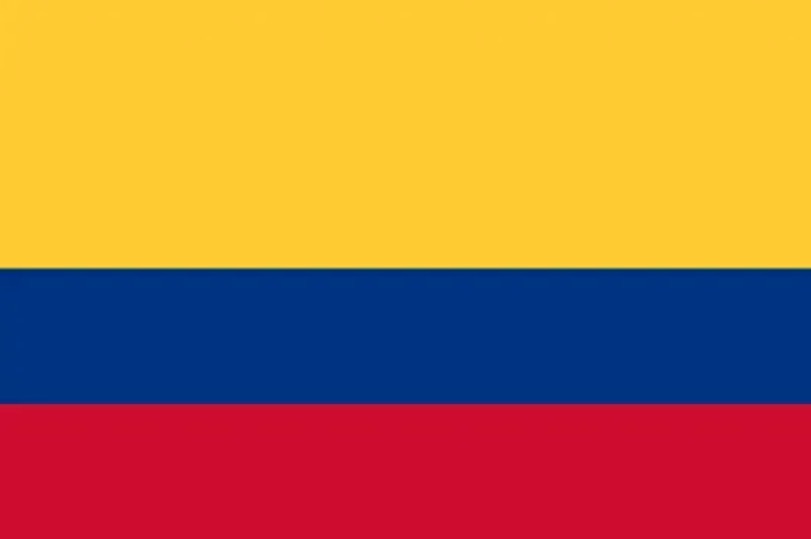
The terrain of Colombia is roughly divided into the western mountainous area and the eastern plain area, with several coastal plains elsewhere. The eastern part mainly consists of the Orinoco Plain and the Amazon Plain. The north has the highest peak in the country, the Colombo Peak, which is as high as 5,800 meters above sea level. The Andes Mountains have the Cordillera Oriental, Central, and Western Cordilleras within Colombia, with an average altitude of over 3,000 meters, stretching for 800 kilometers, and having many volcanoes and rivers.
Colombia is located in the tropics, and the climate varies due to the terrain. In the eastern plain and the Pacific coast area, it belongs to the tropical rainforest climate, while the mountainous areas at an altitude of 1,000-2,000 meters belong to the subtropical climate. The northwest belongs to the tropical savannah climate, with only dry and rainy seasons throughout the year, with an average annual rainfall of 11,000 millimeters and an annual temperature between 25-30 °C.
Coffee producing areas
Colombia has a relatively large land area, developed agriculture, so there are multiple coffee growing areas in Colombia. And due to the mountainous terrain, different microclimates, and other growing conditions, the taste of coffee grown in each area varies greatly, and there are two production seasons throughout the year. The main production season is from October to January, and the secondary production season is from April to July. Currently, the more well-known producing areas in Colombia include Antioquia, Santander, Huila, Narino, Cauca, etc.
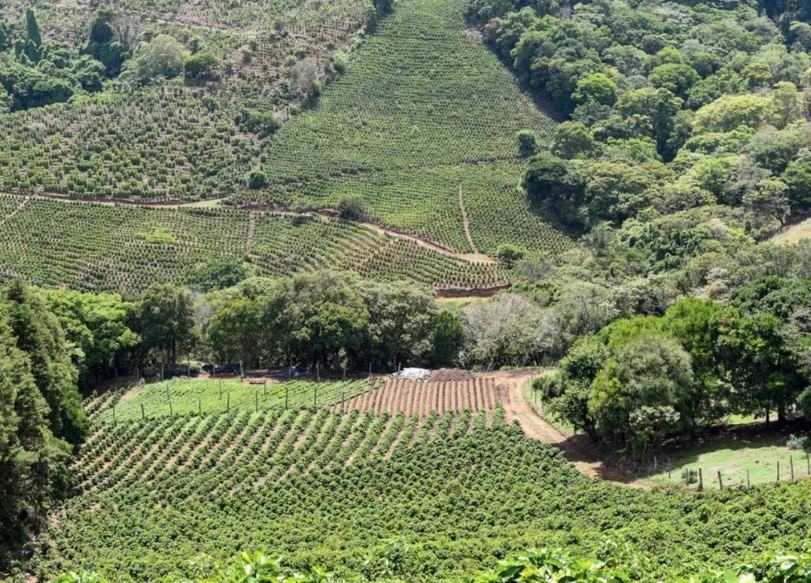
Antioquia: As the birthplace of Colombian coffee and an important coffee-producing area, Antioquia is also the region with the largest coffee plantations. Located in the northwest of Colombia, the Antioquia province accounts for 7% of Colombia’s total coffee production, with a planting area of over 18,000 hectares and 9,800 families involved in the production process.
Santander: The Santander producing area is located in the north of Colombia, in the Andes Mountains, with a planting altitude of about 1,400-1,700 meters. The Santander province is a very important but rarely mentioned province. However, in fact, it was the first province in Colombia to start coffee planting. Currently, the Santander producing area accounts for 5% of Colombia’s total coffee production, but the coffee varieties grown in this producing area are mostly Caturra, Castillo, and other rust-resistant varieties. This also makes Santander a low-rust disease prevalent area in Colombia and even the world.
Narino: Located in the southwest of the country, adjacent to the Pacific Ocean in the west and Ecuador in the south, the Andes Mountains run through the whole province. Coffee is grown on volcanic soil at an altitude of 1,600-2,300 meters. There are magnificent mountains and many rivers that flow south through this area. It belongs to the high-altitude coffee growing area in Colombia and has bred many small farmers of high-quality coffee. The total annual output of Narino province is about 150,000 bags.
Cauca: The Cauca province is a certified origin area for Colombian coffee, with an average altitude of 1,758 meters. The temperature difference in this producing area is relatively large, with an average nightly temperature of 11 °C and a daily average temperature of 18 °C. The lower nighttime temperatures and relatively higher altitude slow down the growth pace of the coffee, allowing the coffee beans to fully absorb the nutrients of the coffee fruit, also resulting in better acidity and sweetness in the coffee from the Cauca producing area.
Huila: Located in the south of Colombia and also in the south of the Central Mountains, it is composed of the central and eastern mountain ranges of the Andes Mountains. Most of the area is located in the Magdalena River valley. It is the most famous high-quality coffee-producing area in Colombia, with more than 70,000 coffee farmers and a planting area of over 16,000 hectares. This area is a hilly area surrounded by mountains, with coffee grown at an altitude of 1,200-1,800 meters. The high altitude, volcanic soil, abundant water resources, and unique climate result in the pure, balanced, and gentle taste of the coffee produced in this producing area. The Front Street has multiple types of coffee beans from this producing area, and the well-known Boundary Estate comes from this producing area.






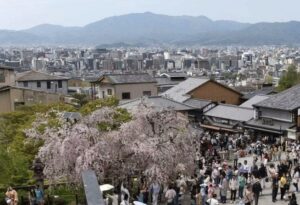
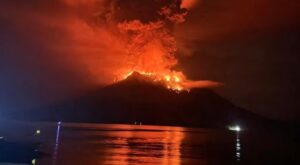
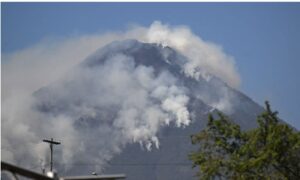
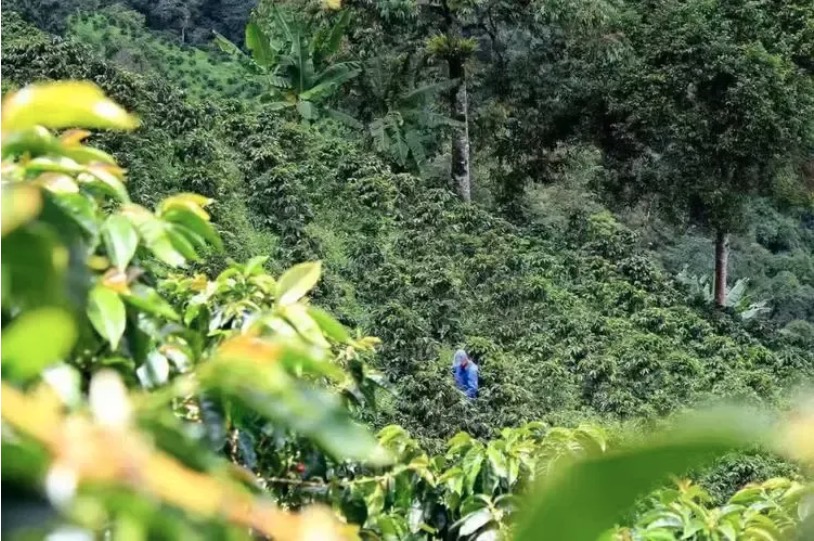






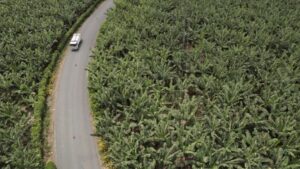

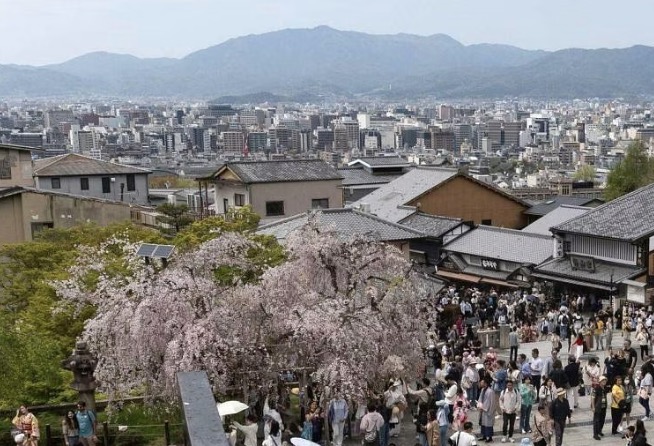
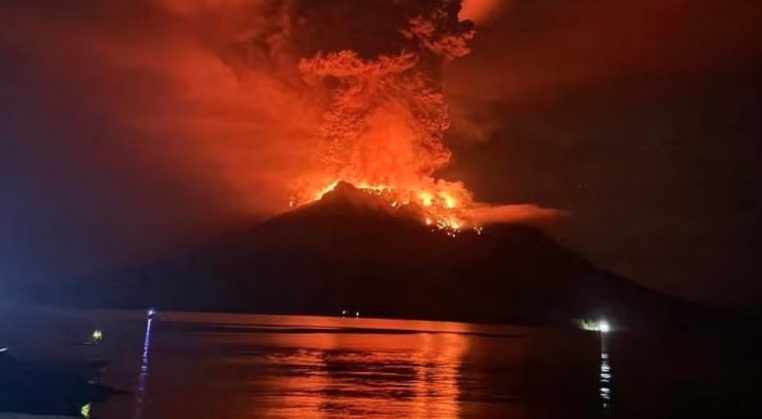
+ There are no comments
Add yours